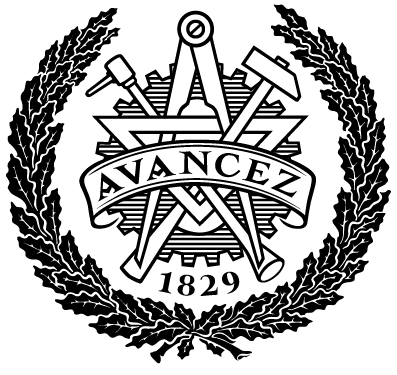Validating a Sea Ice Drift Retrieval Algorithm Through Remote Sensing and In-Situ Buoy Comparisons
Publicerad
Författare
Typ
Examensarbete för masterexamen
Master's Thesis
Master's Thesis
Program
Modellbyggare
Tidskriftstitel
ISSN
Volymtitel
Utgivare
Sammanfattning
This Master’s thesis validates a sea ice drift retrieval algorithm developed at Chalmers
(referred to as the Chalmers algorithm) using in situ buoy data collected during the
ARTofMELT 2023 cruise in the Fram Strait from May to June 2023.
The ARTofMELT 2023 expedition aimed to document melt onset in the Arctic
Ocean, collecting extensive data on sea ice dynamics near the Marginal Ice Zone
(MIZ) with seven OpenMETbuoys and three SIMBA buoys. These buoys were
deployed on first-year ice floes, with detailed measurements of horizontal motion,
rotation, deformation, wave action, and temperature. This deployment enabled
analysis of ice floe movement, convergence, divergence, and the interaction between
these dynamics and SAR imagery.
Low-noise Radarsat Constellation Mission (RCM) and Sentinel-1A SAR images,
captured in dual polarization (HH+VV or HH+HV), were acquired to match the
study area both spatially and temporally. Integrating in situ weather data, wave
measurements, sea ice concentration, and weather reanalysis with satellite imagery
observations of ice conditions around the buoys enabled a thorough interpretation
of drift patterns, floe decay, and wave signatures associated with the buoys.
The Chalmers drift algorithm was successfully applied to two pairs of RCM images,
each with a 10 m resolution, out of eight total image pairs. These pairs were cho sen based on criteria including a time gap of 1-24 hours between images, identical
resolution, and a maximum 5-minute time gap between the buoy and the images.
The remaining six pairs contained Sentinel-1A images with a resolution of 100-150 m.
Although the drift estimates from the Chalmers algorithm were not statistically
significant, they demonstrated the algorithm’s capability to produce coherent and
realistic drift estimates, evidenced by the alignment of drift vector azimuths with ac tual buoy drift and realistic sea ice drift distances. To better assess the algorithm’s
performance, future work should test it on a larger dataset, including the six re maining Sentinel-1A image pairs. Additionally, exploring the effects of increased
time gaps between buoy and satellite images, and between the two satellite images,
would provide further insights into the algorithm’s capabilities
Beskrivning
Ämne/nyckelord
sea ice, sea ice drift, wave and ice interactions, remote sensing, SAR, S1A, RCM, Chalmers drift algorithm, marginal ice zone
